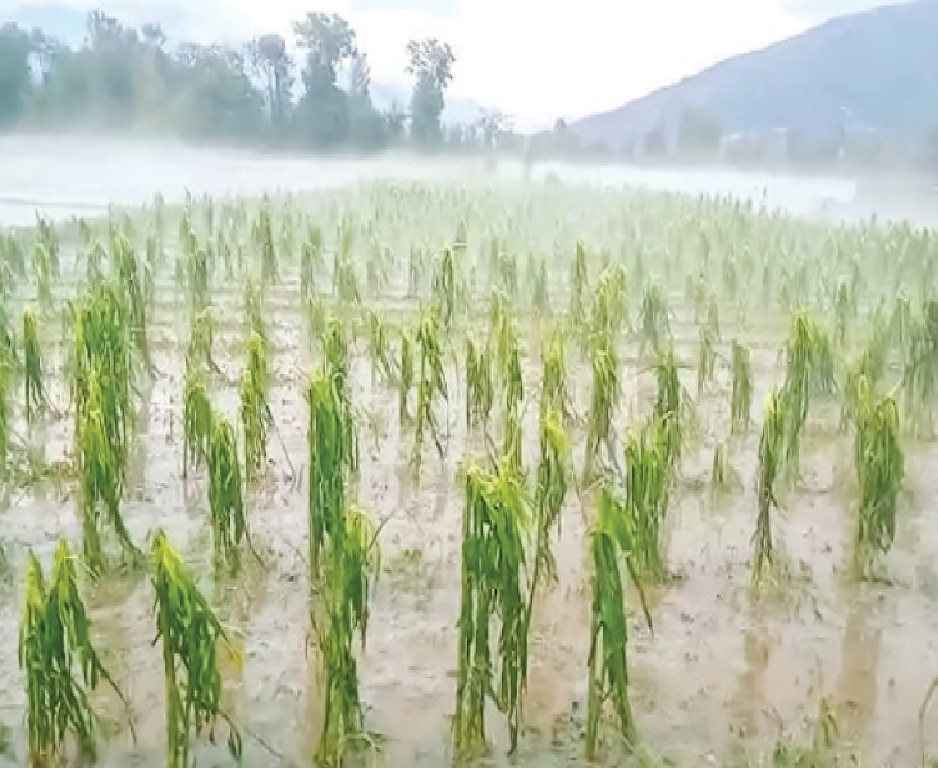
Farmers who cultivated paddy in the puncha crop season [first crop] have suffered enormous losses after summer rain destroyed harvest-ready crops in large tracts in many districts of Kerala. Apart from that, several tons of harvested paddy kept in paddy polders to shift to rice mills got wet in the rain.
As per paddy farmers and officials, the upper Kuttanad region has been the worse affected. In the chennithala region, Paddy in 500 hectares has been damaged. Farmers in Mannar, Thalavady, and other parts of the area too suffered losses.
With the weather prediction by the agencies about rain in upcoming days, farmers are getting worried. Besides fields with standing crops being submerged, the harvested paddy stored in the polders or open area because of no proper storage facilities are also getting spoiled. Farmers said that due to the high moisture content in the rain-soaked paddy, rice mills were demanding wastage up to 15 kg per quintal of paddy. This will be resulting in friction between the farmers and mills.
We cannot do much about destroying standing crops by rain. Authorities can ensure the procurement of harvested paddy in a time-bound manner. But unfortunately, this is not happening, adding to the sadness of the farmers, said a paddy farmer from Chennithala.
Kodikunnil Suresh, MP, who visited the submerged paddy fields in Thalavady on Tuesday, urged the Government to provide immediate relief to farmers.
In 28000 hectares
Paddy farming has been undertaken in around 28000 hectares in the Alappuzha district, a significant portion in Kuttanad, in the puncha crop season [first crop]. So far, paddy harvest completes in around 24000 hectares. The Kerala State Civil Supplies Corporation [supplyco] has procured around one lakh tons of paddy so far from the farmers in Alappuzha.
Earlier in the Puncha season, the Government provided the seeds to farmers in Nedumudi, Thakazhi, and Veeyapuram failed to germinate. Besides, an increase in water level and bund breaches following unseasonal rain has destroyed paddy in around 600 hectares in Kuttanad and Upper Kuttanad.
















